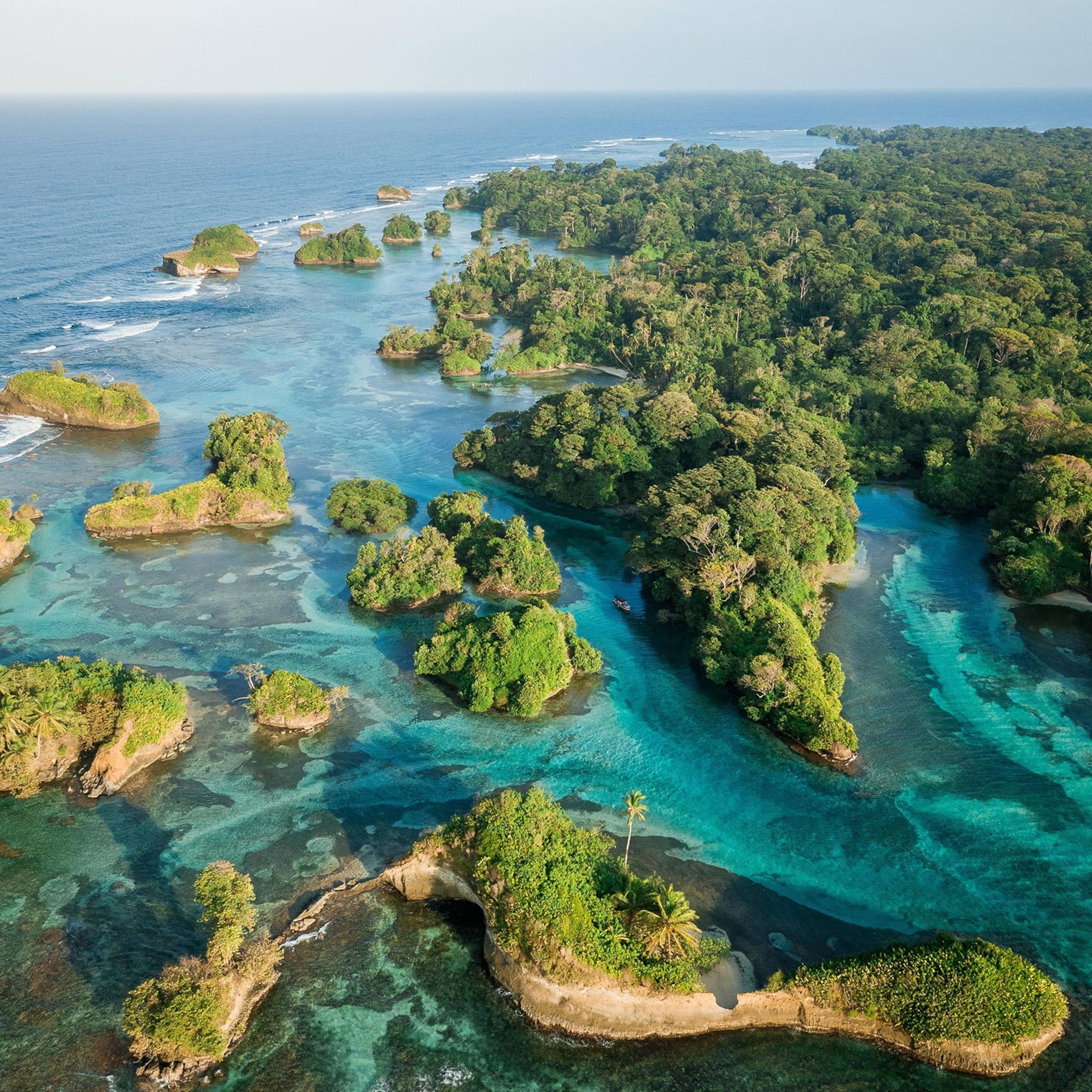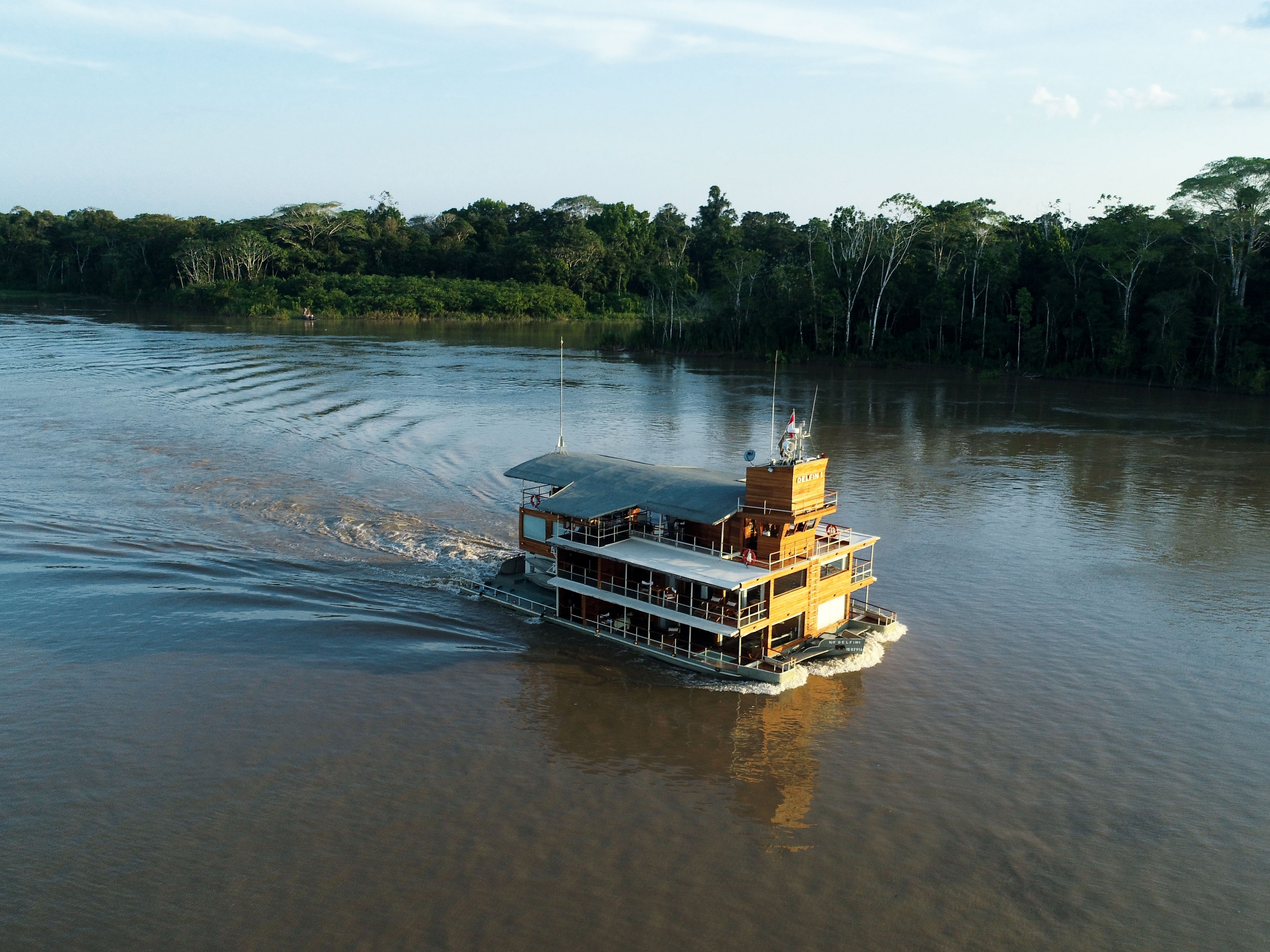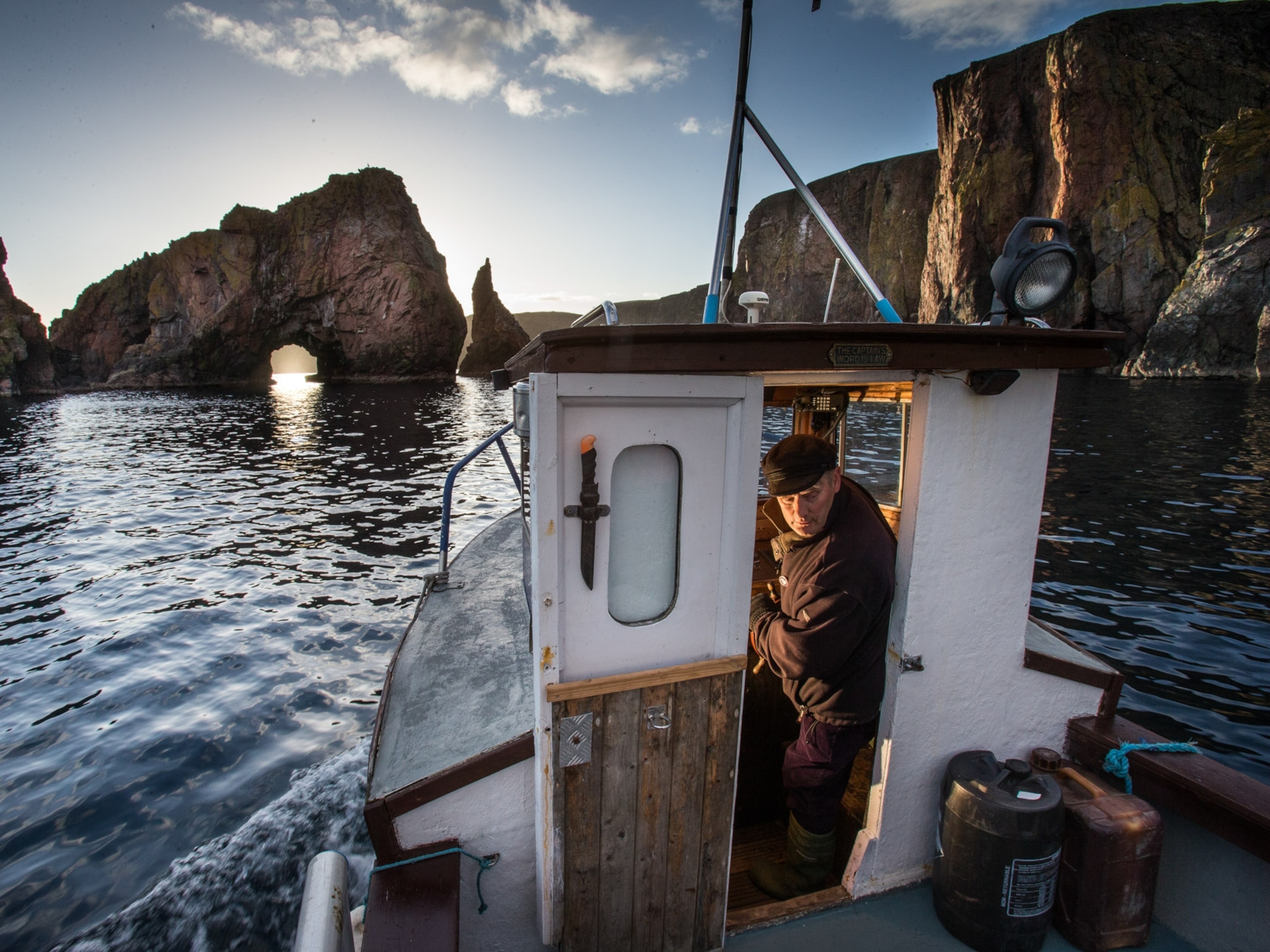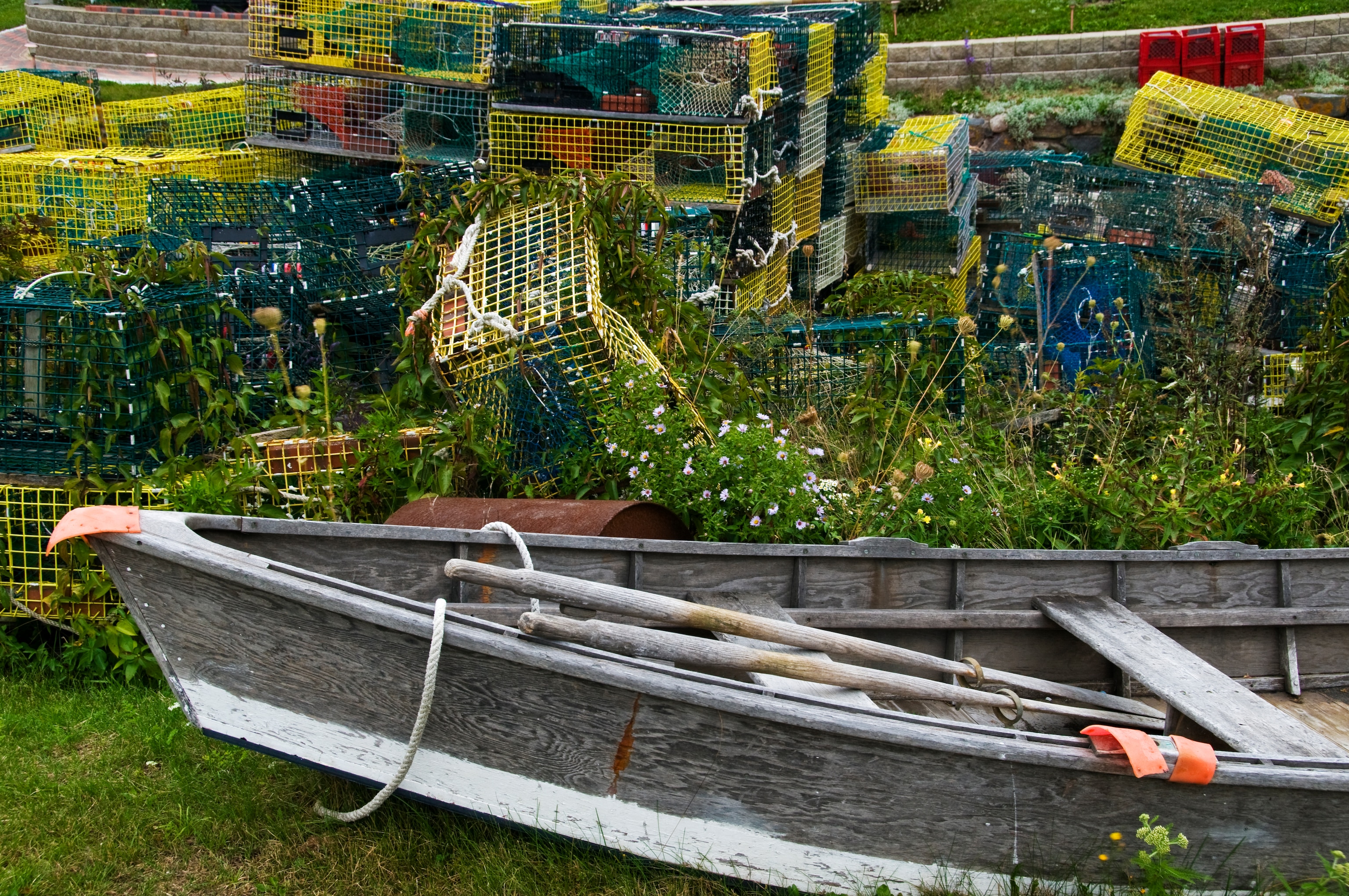An ‘impenetrable’ wildlife sanctuary in Argentina opens to the world
One of South America’s most remote parks offers jaguar-spotting, glamping, and off-the-beaten track hikes.

In a remote lowland forest in northern Argentina, giant anteaters snuffle around termite mounds, and jaguars stalk prey along the muddy banks of the Bermejo River. Parque Nacional El Impenetrable, which opened in 2017, is one of the South American country’s newest and most diverse wildlife sanctuaries—and a growing site for ecotourism. Yet, these 320,000 acres of pristine wilderness were nearly lost to development following a brutal murder that gripped the nation.
El Impenetrable is carved out of the former territory of Manuel Roseo, a reclusive Italian immigrant rancher and one of Argentina’s largest landowners. In January 2011, Roseo was asleep in his modest home in the northern Chaco Province when three men with machetes broke in, murdering him and staging the homicide as a robbery gone wrong. The killers were the same men who’d spent the previous six months attempting to cheat Roseo out of his estate.
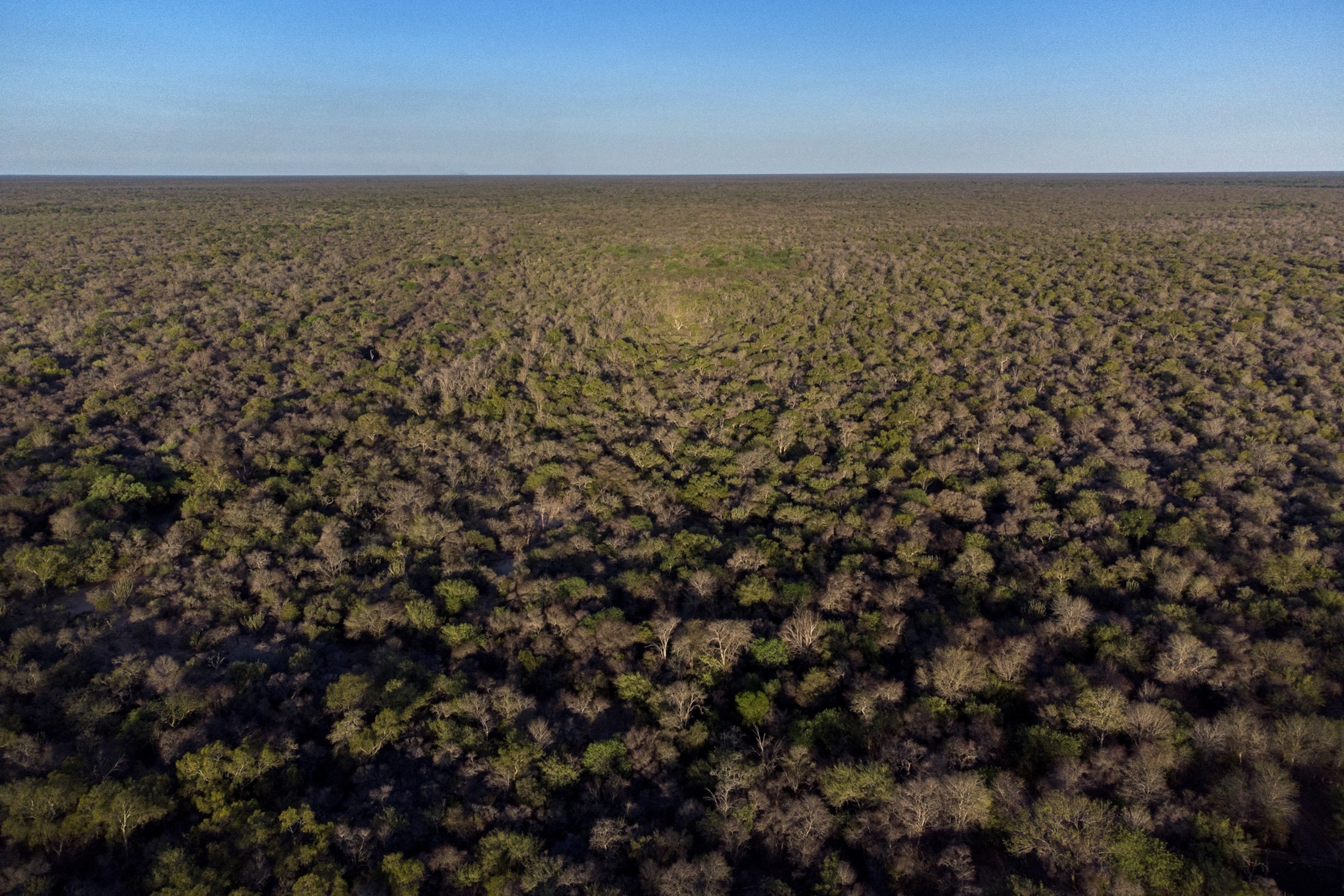
Roseo lived in the middle of the Gran Chaco, a hot and semiarid lowland forest that fans out from northern Argentina into Bolivia, Paraguay, and Brazil. South America’s second largest forest after the Amazon, the Gran Chaco is also one of the planet’s most threatened biomes, according to the World Wildlife Fund.
Yet, Roseo’s estate—about five hours northwest of the provincial capital Resistencia—was uniquely preserved. Its trees were never downed for soy farms or cattle ranches, as has happened in much of the Gran Chaco. And the land’s location between two key rivers, the Bermejo and Bermejito, made it a hot spot for biodiversity, including giant armadillos, caimans, and jaguars.
“My first trip to El Impenetrable was like traveling back in time because it still had the flora and fauna we’re losing elsewhere,” recalls Marisi López, regional coordinator of parks and tourism at Rewilding Argentina. The NGO was one of nearly two dozen nonprofit groups that swooped in after Roseo’s death to help persuade the Argentinian government to expropriate a swath of the bachelor’s land—the size of Hong Kong—for public use.
Parque Nacional El Impenetrable was officially established in 2017, though visitors couldn’t sleep there—or do much hiking—until 2022, when accommodations, trails, and wildlife viewing blinds began to pop up. Now, more than a decade after Roseo’s death, this notoriously “impenetrable” forest is opening up.
The return of the jaguar
The main reason visitors come to El Impenetrable is to spot rare South American wildlife. Prime viewing takes place along the Bermejo River. Tapirs, peccaries, and capybaras are all common sightings, as are several vibrant bird species, including Barbie-pink roseate spoonbills.
(How to spot pumas at the newest national park in Argentina.)
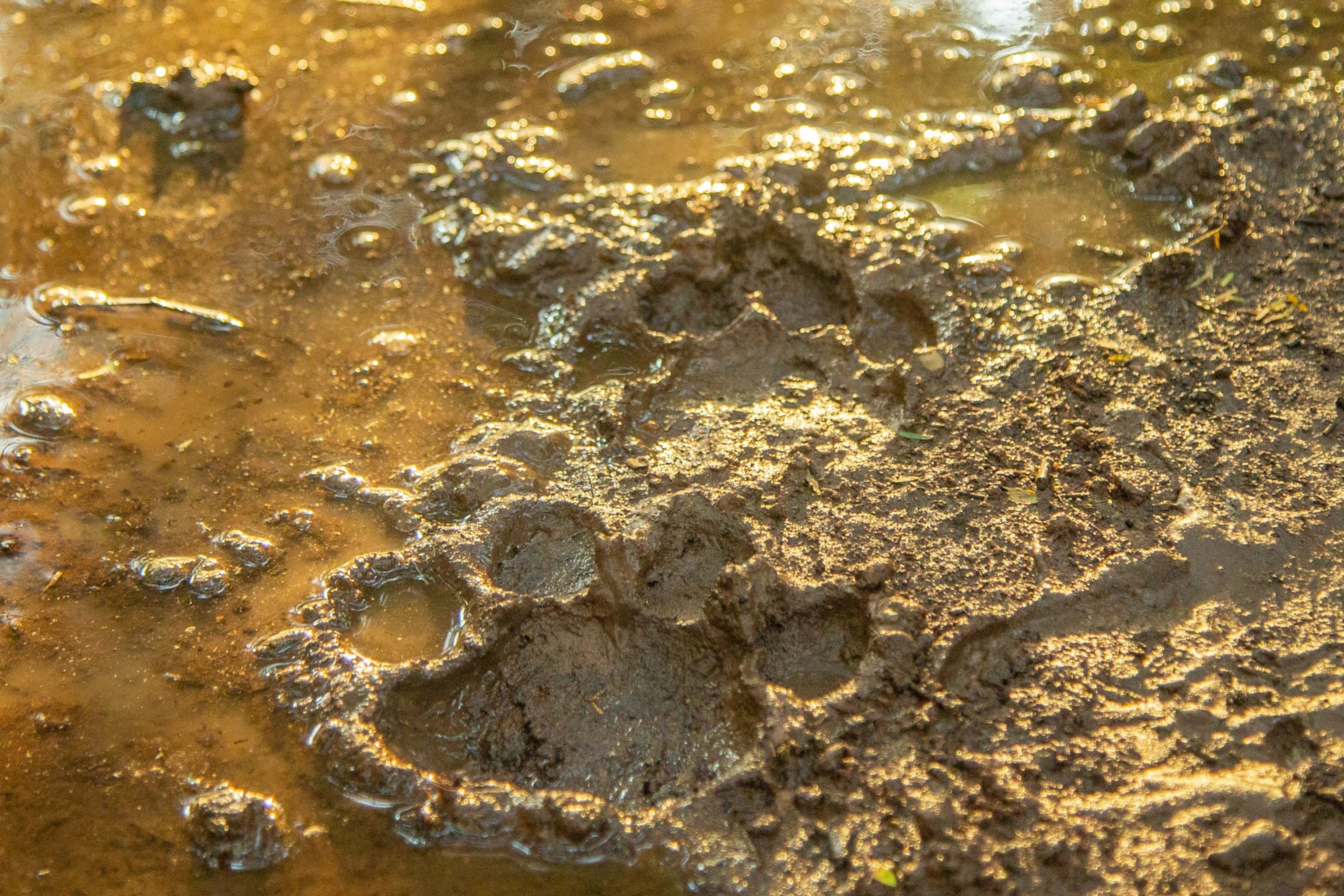
Rewilding Argentina plans to bring back other species this landscape lost, explains Alejandro Serrano, a biologist in charge of research and monitoring at the park’s El Teuco Biological Station. “These are the ones that, when they’re here, their impact is large, and, when they’re not, the impact of their absence is large, too,” he says.
The first reintroduced animals were 38 red-footed tortoises (key seed dispersers), in 2022; 30 guanacos, close relatives of llamas, were released just outside park boundaries in 2023. All of this new wildlife is monitored through camera traps or collars. There are also plans to reintroduce apex predators like giant river otters and jaguars.
Camera traps detected the first wild jaguar in El Impenetrable in 2019 (a second arrived in 2022). Rewilding experts then created a series of enclosures at El Teuco for a captive female, hoping the wild male would stop by to mate. It worked, and she gave birth to two cubs in 2021. Later this year, the grown jaguars will be released into the wild.
Their survival in the Impenetrable Forest will be seen as a key barometer of its newfound health. Meanwhile the presence of the cats is expected to draw more visitors to the park and strengthen its economy.
Camping amid anteaters and palms
Much of the park’s new infrastructure is thanks to Rewilding Argentina, an offspring of Tompkins Conservation, co-founded by American philanthropist Kris Tompkins. This includes high-end glamping options at two of the park’s four entrances: Los Palmares (amid a forest of caranday palms) and El Bermejito (amid a forest of cardón cacti). Each outpost has three river-facing safari tents linked to common areas by boardwalks. Guests wake to a natural alarm of squawking charata birds and groaning howler monkeys.
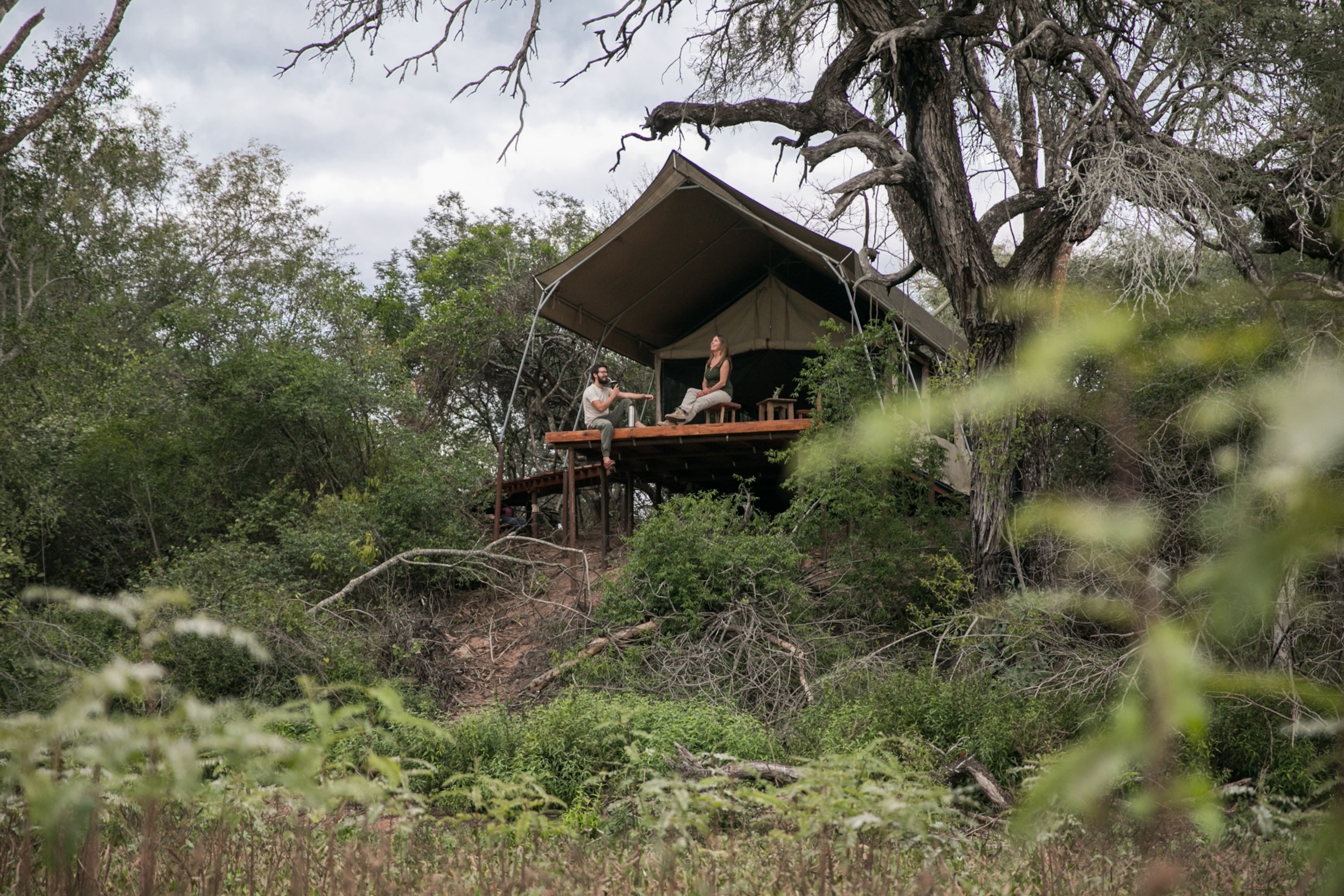
Near the shell of Roseo’s old home, Rewilding Argentina also built a campground along the Bermejo River at La Fidelidad. It has 18 elevated tent sites with bathrooms, plus an on-site restaurant and activities center. New hikes created in this sector include the two-mile-long Sendero de la Selva, through a dense forest of timbó blanco trees, and the one-mile Pozo del Yacaré trail, which ends at two viewing blinds over lagoons frequented by tapirs and giant anteaters.
(Take the slow train through Patagonia to explore a forgotten Argentina.)
Intrepid backpackers can also tackle the 37-mile Sendero La Huella, which follows an old road along the Bermejito River past bulbous palo borracho trees. It’ll open in stages through 2024 with enclosed shelters to sleep in—and find potable water—every 12.5 miles.
Getting locals involved
Some 95 percent of El Impenetrable’s current tourists are domestic. Yet, Rafa Mayer, whose Buenos Aires-based company Say Hueque offers tours here, sees great potential for the international market. “Chaco has never been on the minds of international travelers because it hasn’t even been on the minds of Argentinians,” he says. “This park has finally put the region in the spotlight.”
Mayer points to the current trend of regenerative travel, where visitors choose experiences that both fortify local communities and strengthen environmental protections. Rewilding Argentina has worked with Chaco Province, which has Argentina’s highest poverty levels, to create a new economy based on the regeneration of Gran Chaco forests. That includes training community members in how to work with visitors as wildlife guides, camp chefs, or drivers.
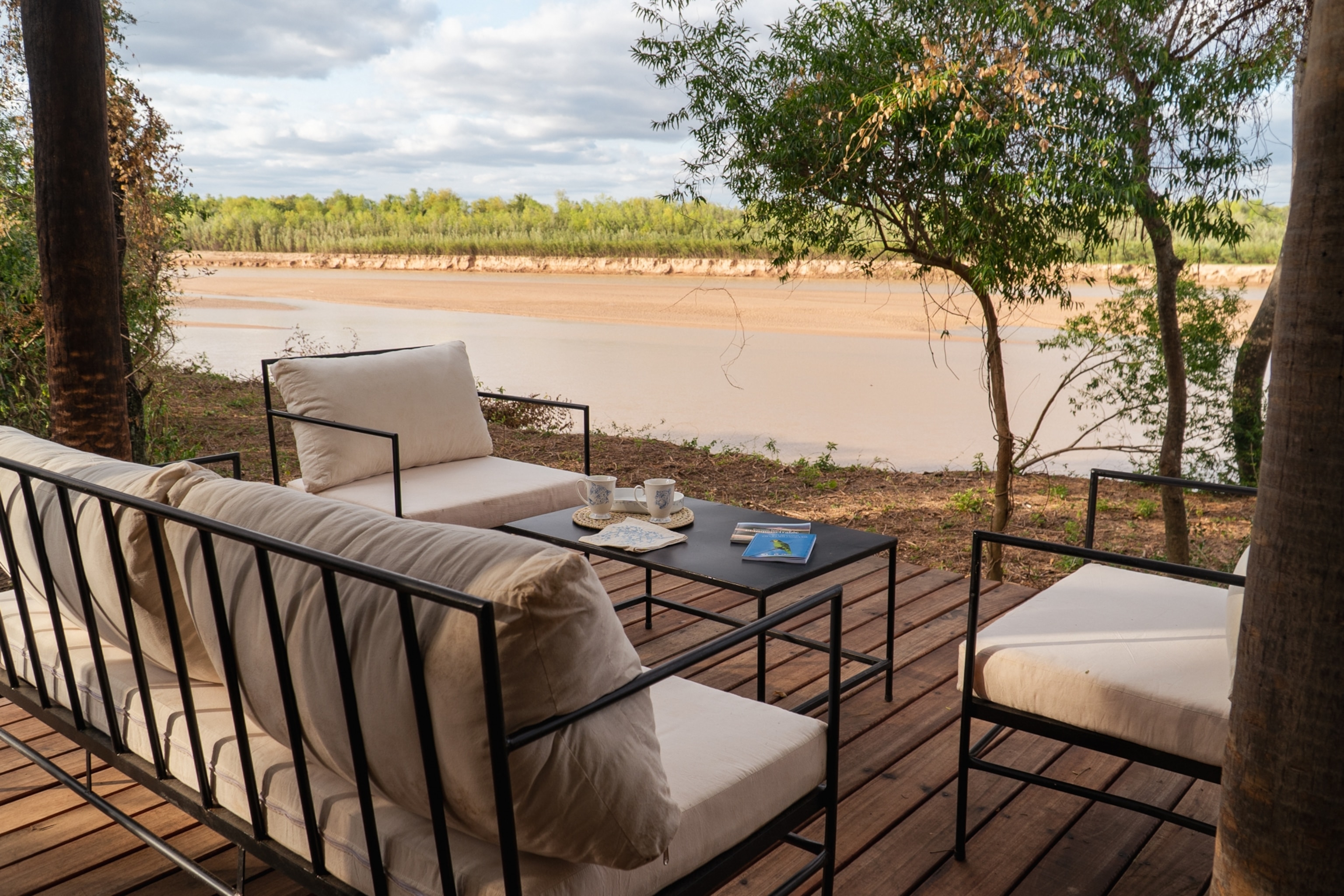
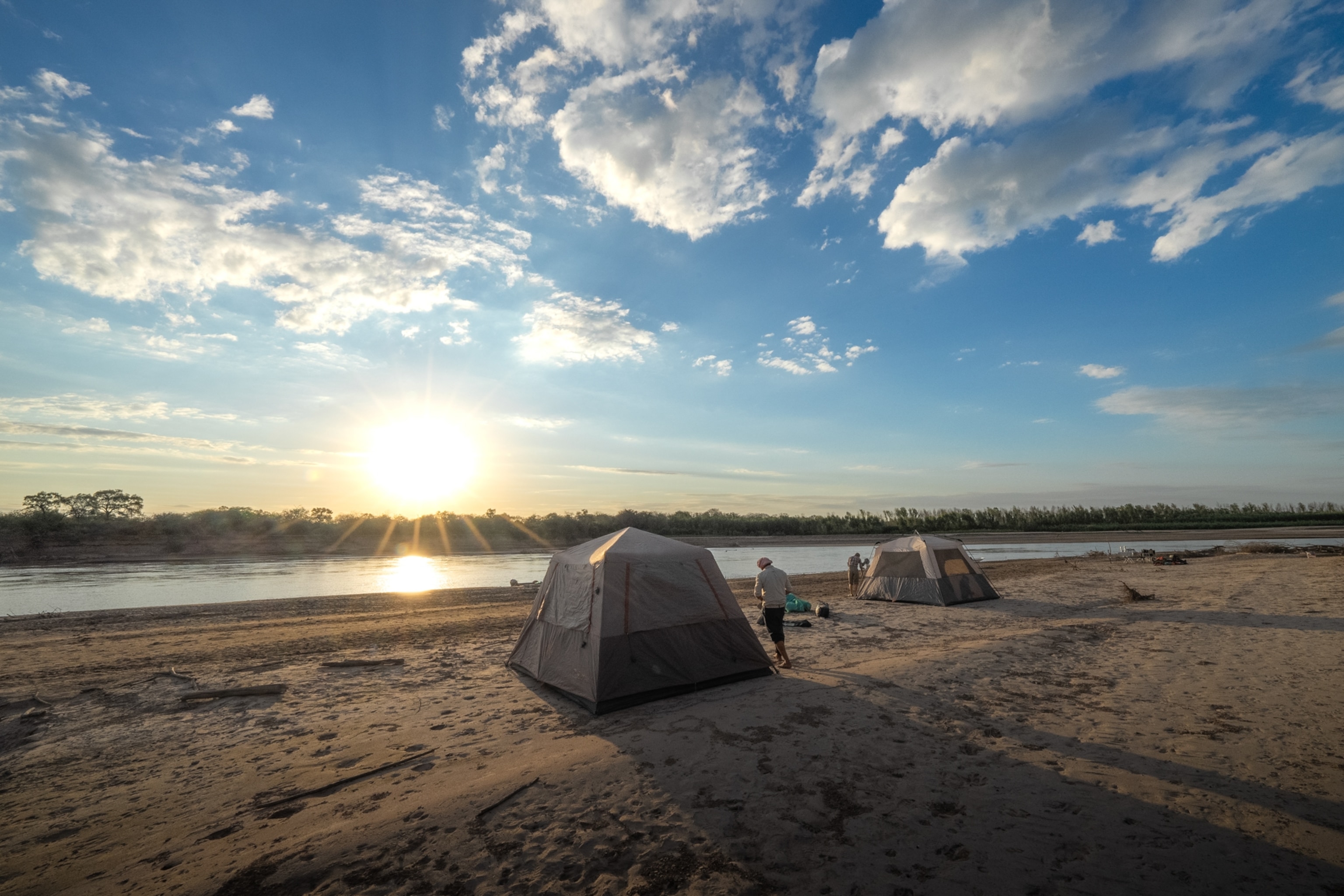
Olga and Nilda Palavecino are among a group of about 30 women who now make a living weaving textiles from local sheep’s wool, which is tinted in natural dyes. Their table runners and wall hangings—which often feature local birds like jabiru storks and orange-backed troupials—are sold at local accommodations, at high-end shops in Buenos Aires, and online.
“It’s activated the women of the community and helped us to have our own income,” says Olga who, in August, began welcoming visitors into her home for weaving demonstrations alongside her daughter, Nilda. Other local women are now commercializing a gluten-free flour made from the seeds of the indigenous, carob-like algarrobo tree. It tastes of caramel and graham crackers and is the base of cookies, brownies, and ice creams sold at Rewilding Argentina properties.
“If we’re eating algarroba, that means the tree is still in the ground,” Alina Ruiz, a Chaco-born chef, explains of the initiative. In 2017, Ruiz started a program training families living in the portal villages on how to welcome diners into their homes—or at local plazas—for meals (there are no traditional restaurants near the park). “I give them the tools to improve their dinner tables, to make nicer plates, to interact with tourists,” she says, “all without losing their identities.”
what to know
For those driving from Resistencia or Corrientes, a high-clearance 4x4 vehicle is needed to navigate rough roads starting in Miraflores (37 miles before the park entrance).
How to visit: Rewilding Argentina has simple motorboats that ply the Bermejo River for 50 miles from Glamping Los Palmares to Camping La Fidelidad (with onward transport to Glamping El Bermejito in La Armonía). This makes it possible to link different lodgings and create a three- or four-night circuit around the park, which includes hiking, kayaking, and wildlife watching.
Guides and tours: A guide can add cultural context and help spot hidden wildlife. Rewilding Argentina’s accommodations all offer guided activities. You can also book a comprehensive tour of the park with Say Hueque, which might be combined with nearby Iguazú Falls or further wildlife watching in Patagonia.
When to visit: The park is open year-round, but the glamping sites close during the rainy season (November to April), when muddy roads can become impassable.

